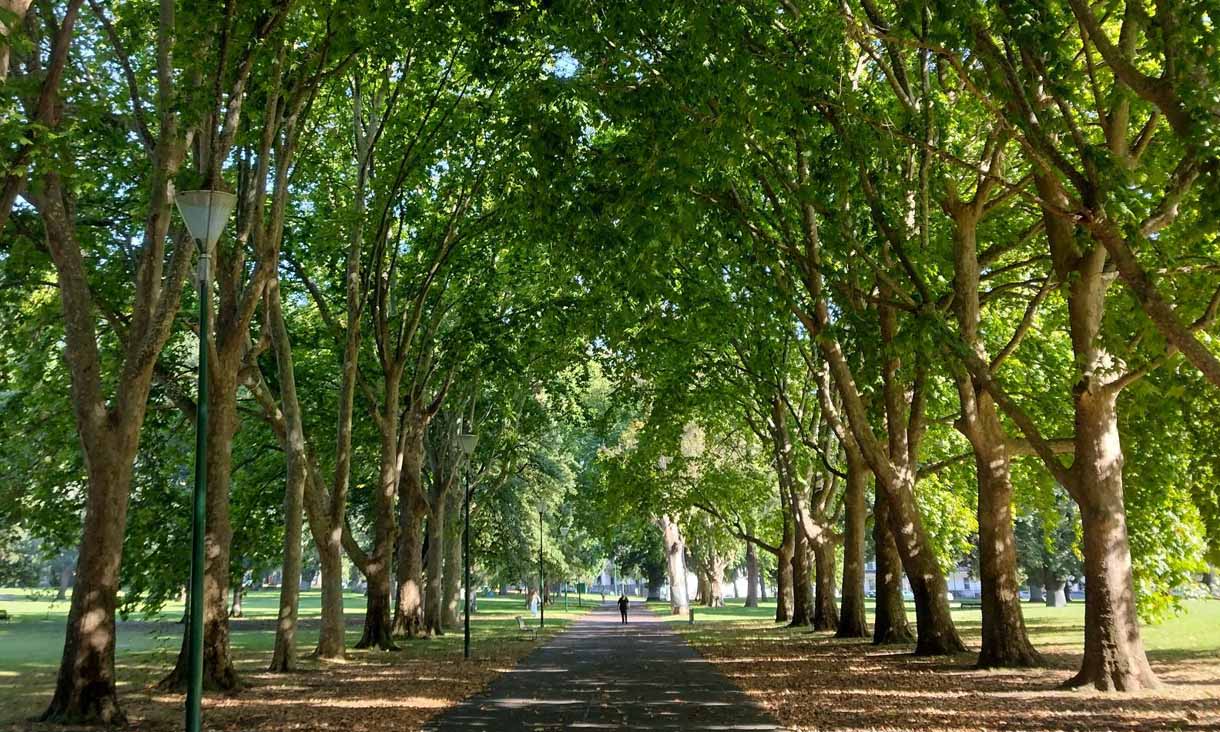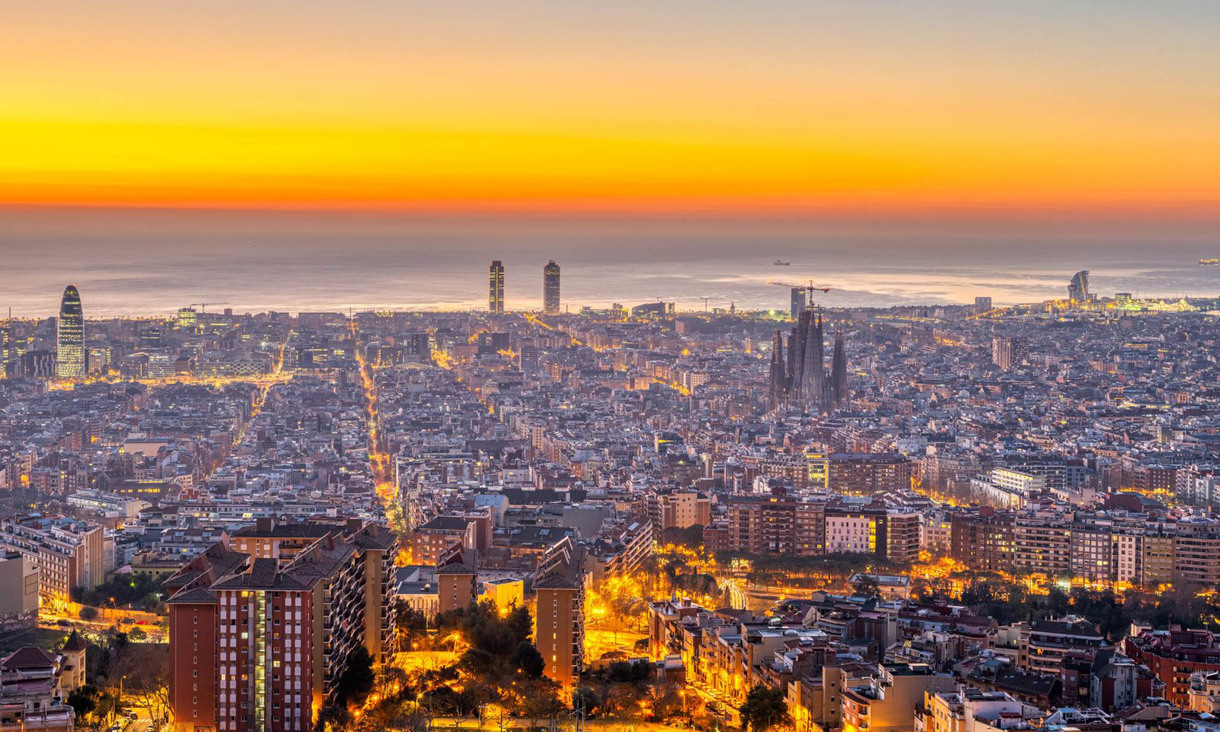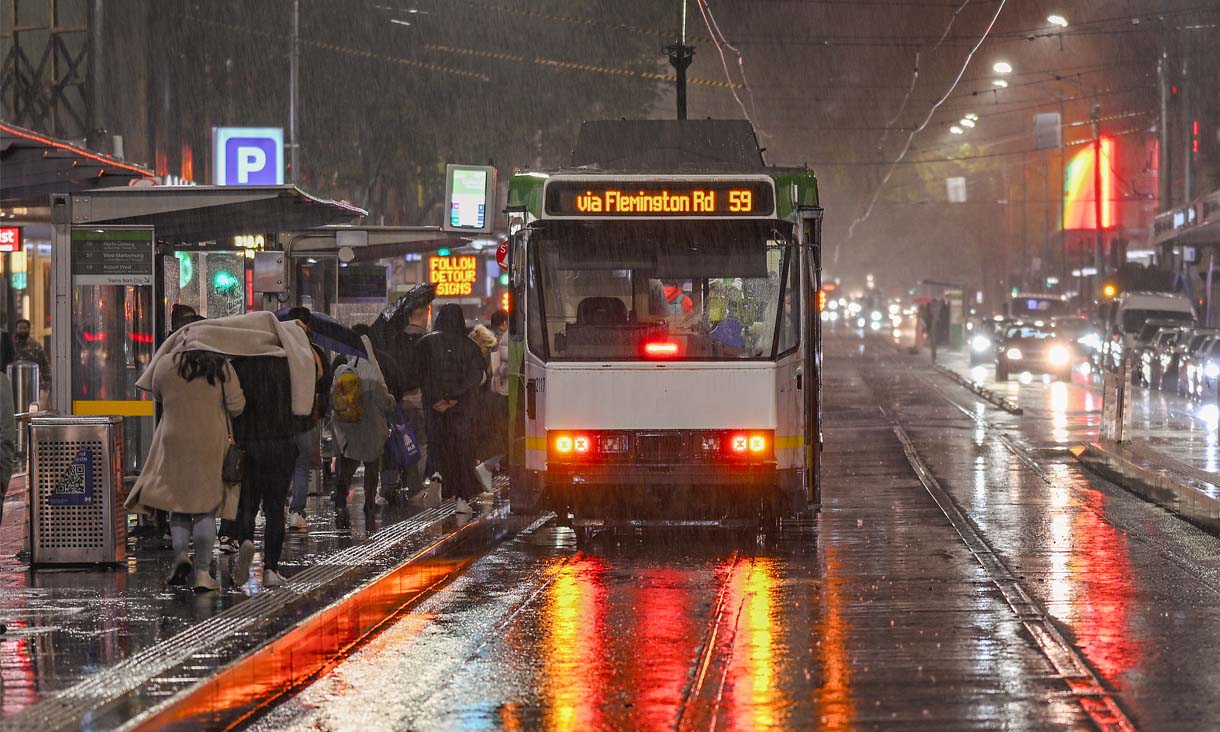Using data from the Australian Bureau of Statistics and Victorian Planning Authority’s Metropolitan Open Space Network dataset, researcher Julianna Rozek from the RMIT Centre for Urban Research said more open spaces needed to be found to facilitate Melbourne’s population.
“The suburbs we found with the least parkland per person, also had a high proportion of people living in apartments” she said.
“Windsor’s largest outdoor park, Chris Gahan Reserve, is roughly 6,607m2 and will be primarily facilitating a population of 7,300 residents.
“While people won’t be restricted to using only parkland in their suburb given the five-kilometer rule, parks in suburbs with limited open space will be more crowded.
“Melbournians will be trying to follow lockdown restrictions by meeting their family and friends in parks, but overcrowding could make it difficult to socially distance, and increase the risk of COVID-19 spreading.
“The government should anticipate the risk of overcrowding in Melbourne’s most popular parks and take steps to ensure everyone can socialise safely.”
Developing the map with Rozek, RMIT urban researcher Thami Croeser said that while the State Government had announced new funds to support businesses and expand outdoor dining into public spaces, the same urgency should be used to find more public open space in suburbs where there isn’t enough.
“When restrictions ease further, there will be limited alternate spaces to meet friends and family who have been separated for months,” he said.
“The reopening of restaurants and bars will decrease this pressure slightly, but it is imperative to have non-commercial spaces accessible for those who cannot or do not wish to visit a restaurant.
“We saw what happened with the overcrowding at Bondi Beach – a prime example of the challenges associated with reopening a popular public space.
“Opening spaces such as school yards and golf courses to the public could provide huge relief on crowded parkland during this time.
“If people feel they cannot meet safely outdoors, this will only further impact their state of social isolation.”
Story: Natalie Campbell




